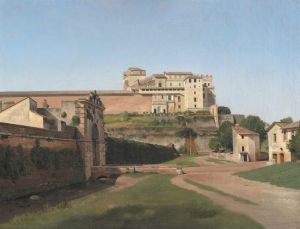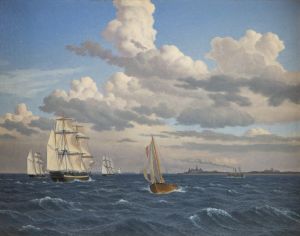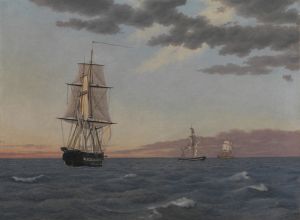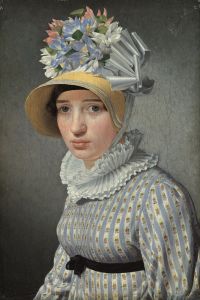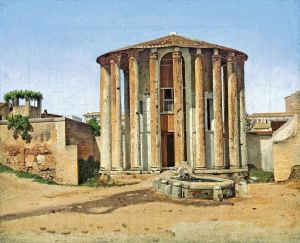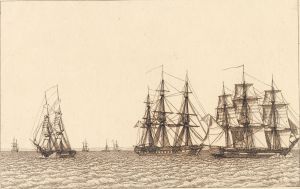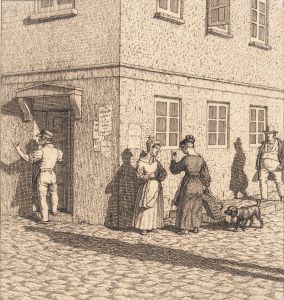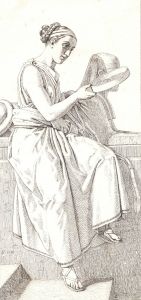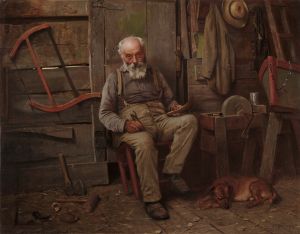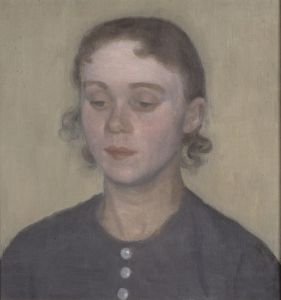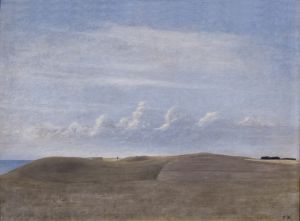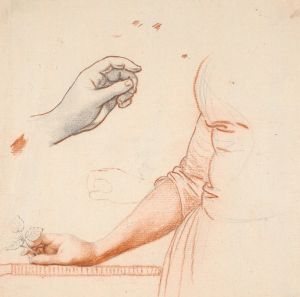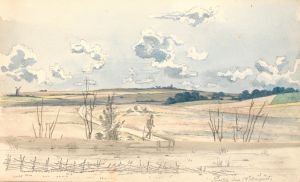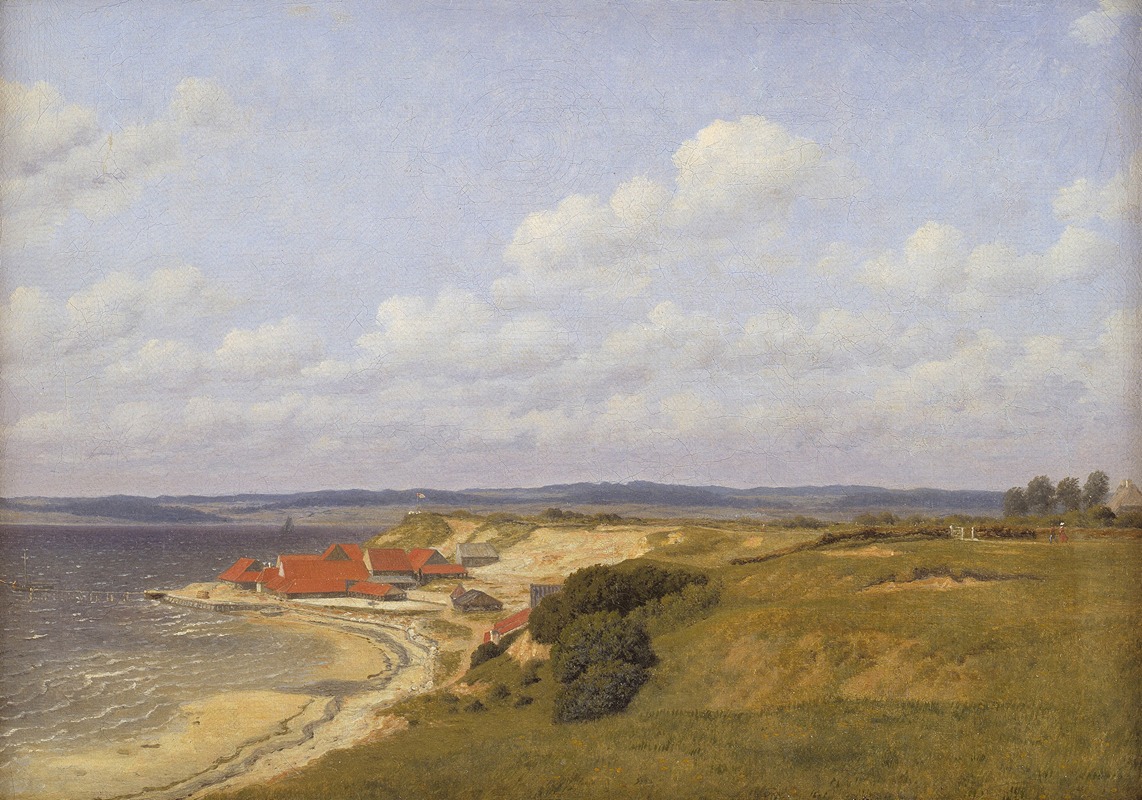
Renbjærg Tileworks by Flensburg Fiord
A hand-painted replica of Christoffer Wilhelm Eckersberg’s masterpiece Renbjærg Tileworks by Flensburg Fiord, meticulously crafted by professional artists to capture the true essence of the original. Each piece is created with museum-quality canvas and rare mineral pigments, carefully painted by experienced artists with delicate brushstrokes and rich, layered colors to perfectly recreate the texture of the original artwork. Unlike machine-printed reproductions, this hand-painted version brings the painting to life, infused with the artist’s emotions and skill in every stroke. Whether for personal collection or home decoration, it instantly elevates the artistic atmosphere of any space.
Christoffer Wilhelm Eckersberg, often referred to as the "father of Danish painting," was a prominent figure in the Danish Golden Age of painting. Born in 1783 in Blåkrog, Denmark, Eckersberg played a crucial role in shaping the artistic landscape of Denmark in the 19th century. His works are celebrated for their clarity, precision, and adherence to the principles of neoclassicism, which he mastered during his studies in Paris under Jacques-Louis David.
One of Eckersberg's notable works is "Renbjærg Tileworks by Flensburg Fiord," a painting that exemplifies his keen eye for detail and his ability to capture the serene beauty of the Danish landscape. This painting is part of Eckersberg's broader oeuvre, which often focused on landscapes, portraits, and historical scenes, reflecting his diverse interests and mastery in various genres.
"Renbjærg Tileworks by Flensburg Fiord" depicts a tranquil scene by the Flensburg Fjord, a body of water that forms part of the border between Denmark and Germany. The painting captures the essence of the Danish countryside, with its lush greenery and the calm waters of the fjord. The tileworks, a central element of the composition, are portrayed with meticulous attention to architectural detail, showcasing Eckersberg's skill in rendering man-made structures within natural settings.
Eckersberg's approach to landscape painting was heavily influenced by his time in Italy, where he was exposed to the works of classical and Renaissance artists. This influence is evident in his use of light and shadow, which adds depth and dimension to the scene. The painting's composition is carefully balanced, with the tileworks positioned in harmony with the surrounding natural elements, reflecting Eckersberg's neoclassical training and his emphasis on order and symmetry.
The painting also highlights Eckersberg's interest in the interplay between human activity and nature. The presence of the tileworks suggests the industriousness of the local population and their interaction with the natural environment. This theme is recurrent in Eckersberg's work, as he often sought to depict the harmonious coexistence of humanity and nature.
Eckersberg's contribution to Danish art extends beyond his paintings. As a professor at the Royal Danish Academy of Fine Arts, he influenced a generation of Danish artists, including notable figures such as Wilhelm Bendz and Christen Købke. His teachings emphasized the importance of studying nature directly and the use of perspective, which became foundational principles for his students.
"Renbjærg Tileworks by Flensburg Fiord" is a testament to Eckersberg's artistic vision and his ability to capture the quiet beauty of the Danish landscape. The painting remains an important part of Denmark's cultural heritage, reflecting the country's artistic achievements during the 19th century. Through works like this, Eckersberg has left an enduring legacy, cementing his place as a pivotal figure in the history of Danish art.





